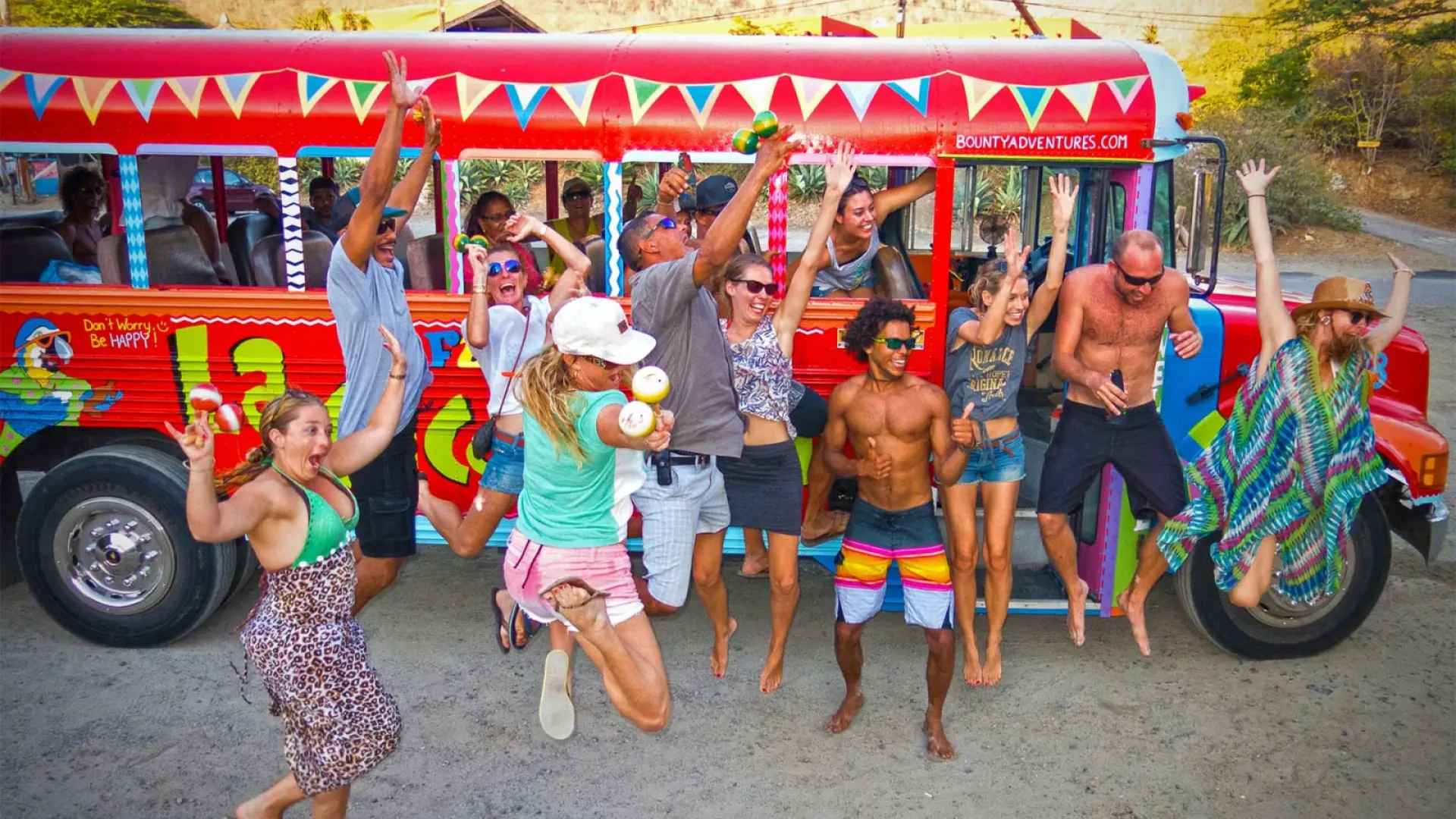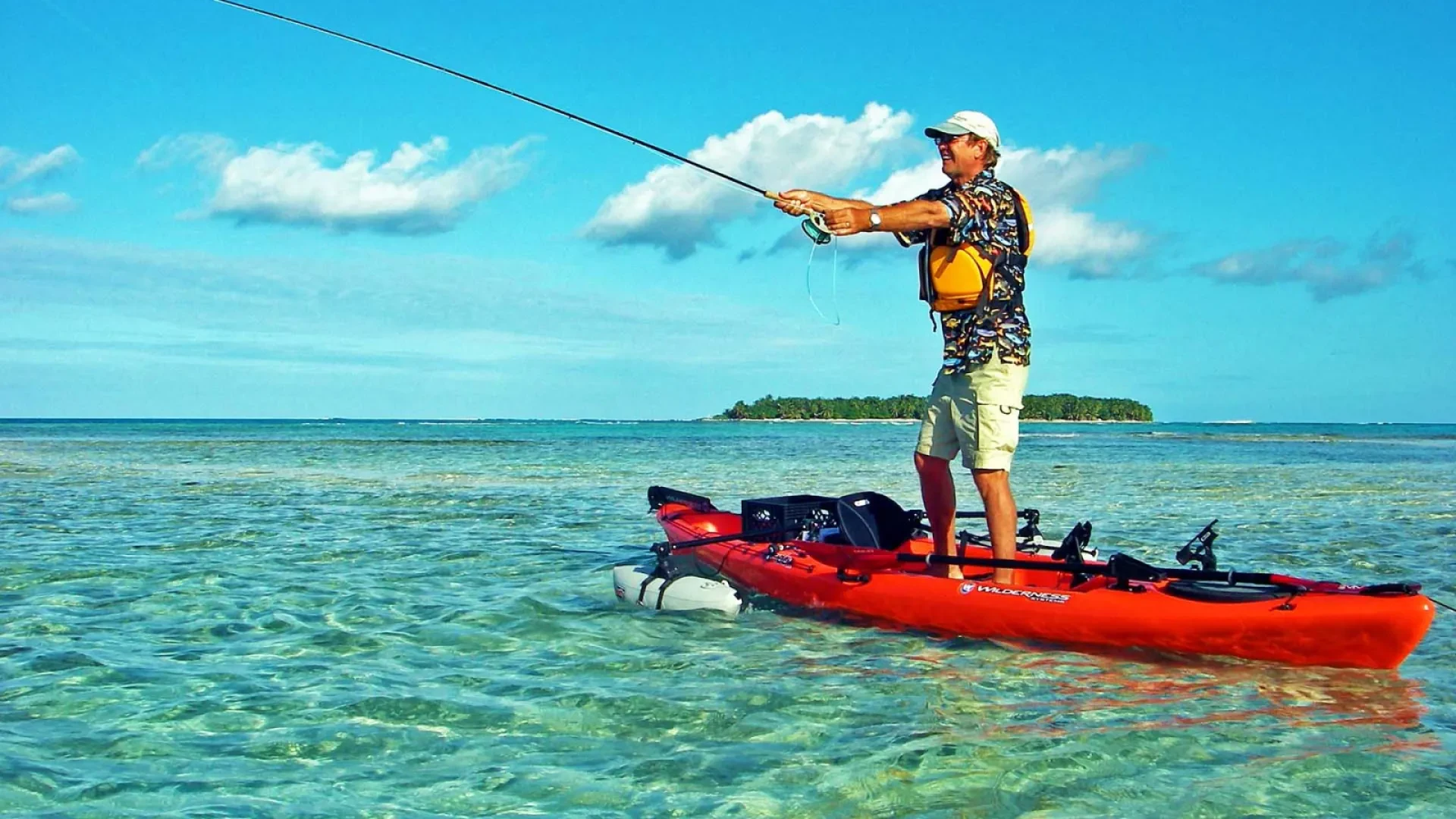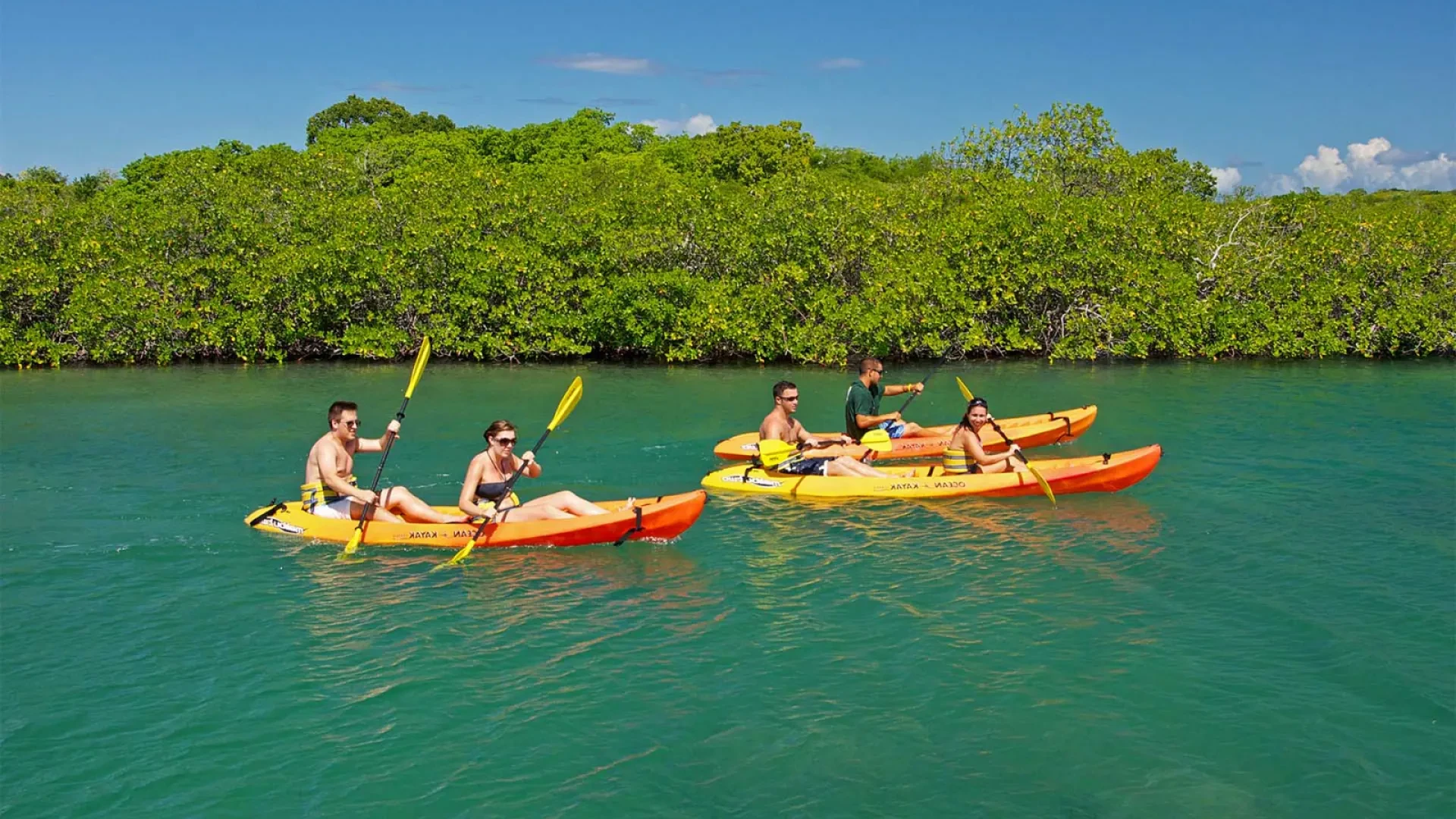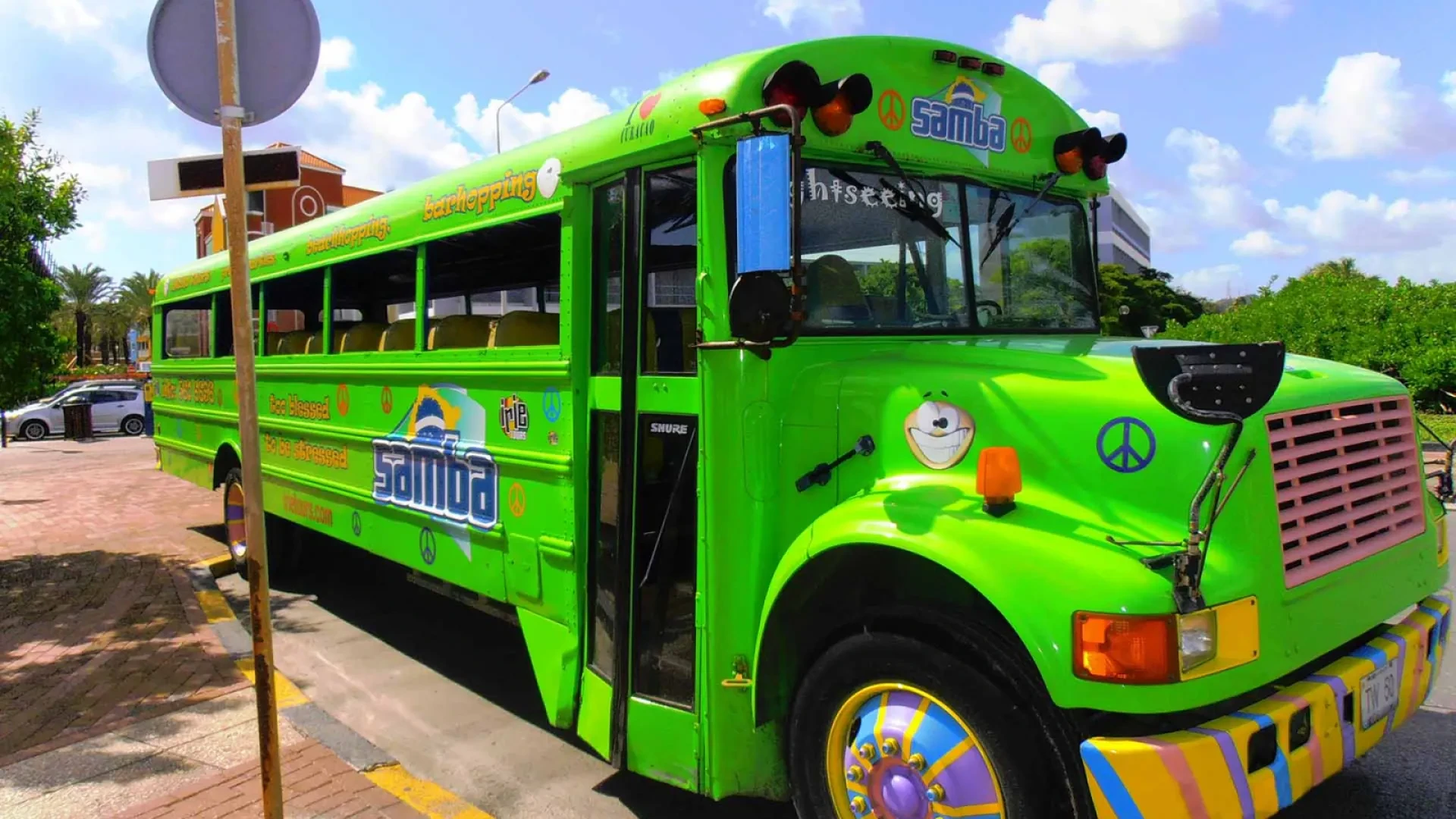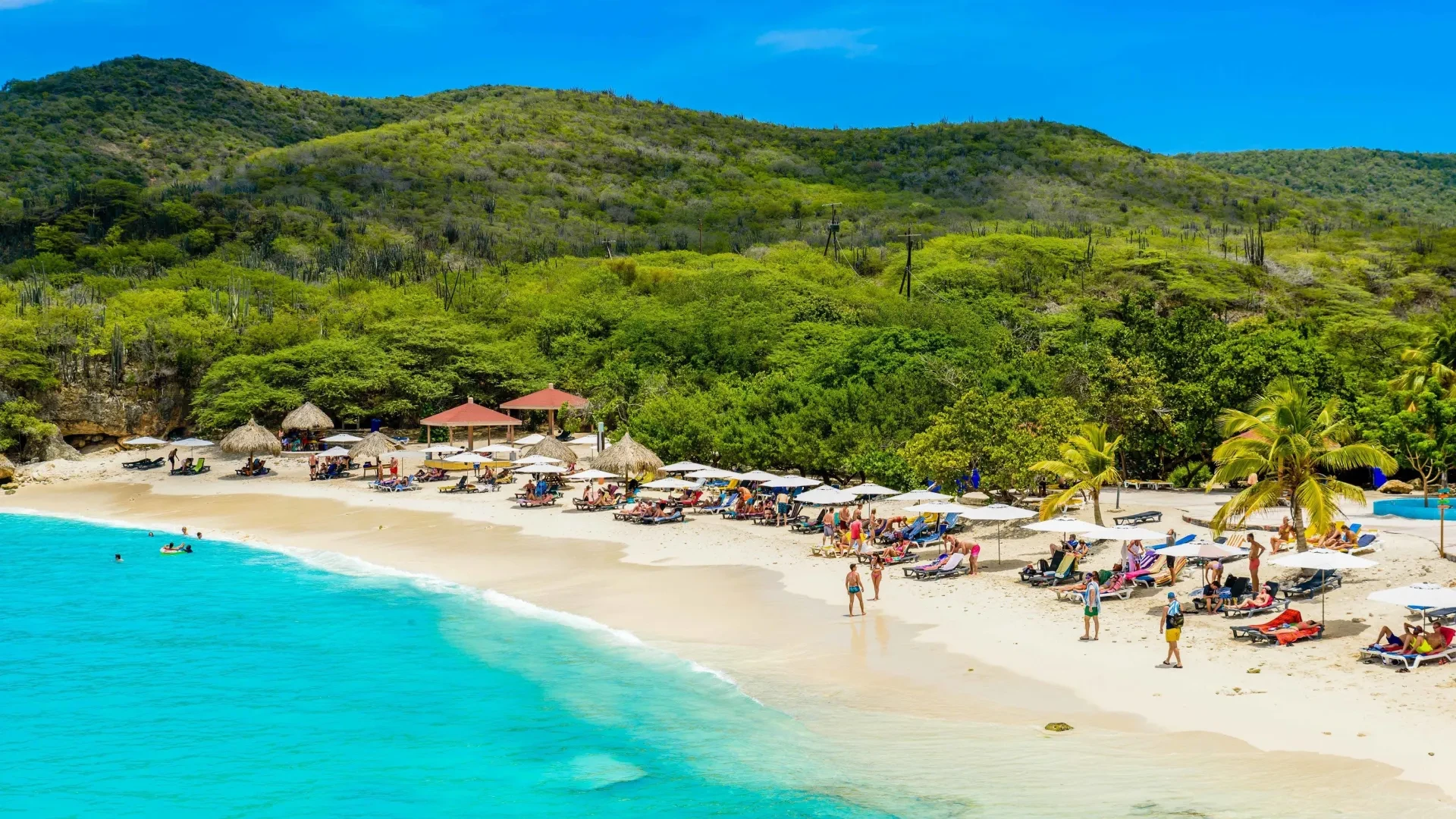Levente
September 25.
Been there. Done that.
Been there. Done that.
September 25.
Curaçao offers more than beaches and diving in 2025 — it’s also a place to eat your way through bold, memorable flavors. The island’s food tells the story of its people, blending traditions into what locals call Krioyo cuisine (or Kriyoyo).
Krioyo is home-style island cooking: cheesy casseroles like keshi yena, slow-braised goat stews, cornmeal sides, and sweet candies sold at markets. You’ll find it in family kitchens, at lively roadside snèks, and during festive gatherings. For travelers, it’s one of the most authentic ways to experience Curaçao.
Curaçao’s kitchen reflects centuries of cultural exchange. African traditions gave the island okra soups and hearty stews. The Dutch introduced cheeses such as Edam and Gouda, along with snacks like bitterballen. Venezuelan ayaka became a holiday staple, while Portuguese and Spanish cooking styles shaped the way meat and fish are seasoned.
Asian flavors arrived later: Indonesian sambal and soy sauce came through Dutch trade, and Chinese migrants brought stir-fries and noodles that remain popular today.
Instead of existing side by side, these influences merged into something distinct. That fusion is what makes Curaçao food stand out from other Caribbean islands — and why every meal feels like both comfort food and discovery at the same time.
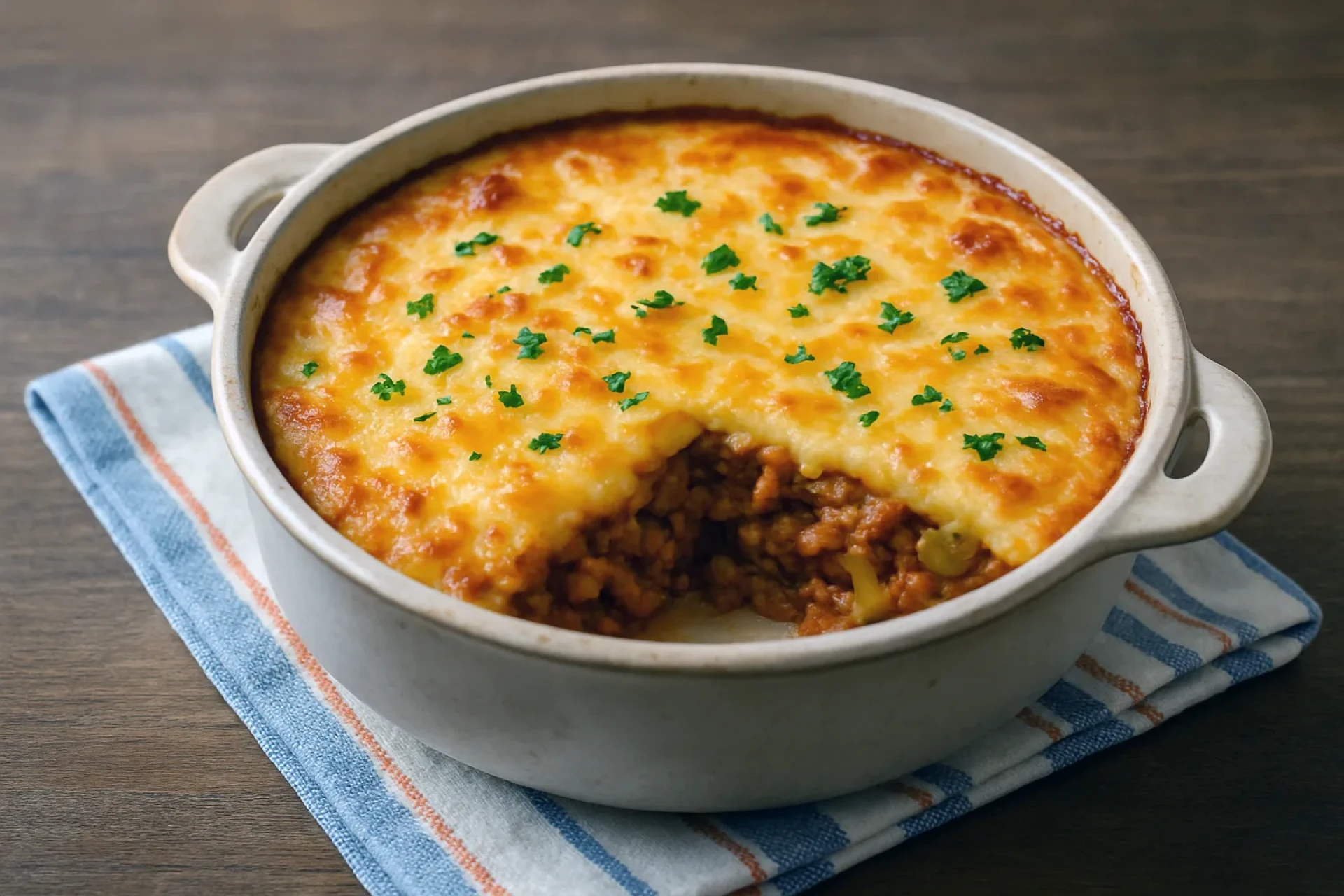
If Curaçao had to be summed up in one dish, it would be Keshi Yena. The name means “stuffed cheese,” and that’s exactly what it is: a hollowed-out wheel of Edam or Gouda filled with spiced meat, olives, capers, and vegetables, then baked until the cheese melts into a golden shell.

If Keshi Yena is Curaçao’s showpiece, Kabritu Stobá is its everyday classic. This slow-cooked goat stew is rich, savory, and full of depth, with meat that’s braised until tender in a sauce of onions, garlic, peppers, and local spices.

Alongside stews and grilled meats, you’ll almost always find a serving of funchi. It’s a simple side made from cornmeal, stirred until smooth and firm, then sliced or scooped onto the plate. Think of it as Curaçao’s answer to polenta — mild in flavor but perfect for soaking up sauces.
A close cousin is tutu, which takes the same cornmeal base and mixes in beans, butter, and sometimes sugar. The result is denser, slightly sweet, and more filling. Both are everyday comfort foods and a key part of Krioyo cooking.

The whole snapper is fried until the skin crackles, then served with lime, pickled onions, and often funchi or rice on the side. Don’t be shy about eating it with your hands — that’s how locals do it. Some of the best versions are at casual seaside spots where the fish came off the boat that morning.

Not long ago, lionfish were a problem in Curaçao’s reefs — now they’re dinner. Restaurants have turned the invasive species into a specialty, usually serving it grilled or fried with a squeeze of lime. The flavor is mild and a bit sweet, and eating it feels like you’re helping the reef at the same time.

Conch stew is rich, garlicky, and slightly chewy. It’s a little harder to find than fish or lobster, but if you spot karkó on the menu at a local snèk or beachside shack, grab it. It also makes a great soup!

Curaçao’s Caribbean spiny lobster is unlike Maine lobster; it has no large claws — just a firm, meaty tail that’s best split and grilled. One of the most popular spots to try it is Pop’s Place at Caracas Bay, where locals go for casual seafood dinners by the water. On weekends, some snèks also add lobster to their blackboard.
Traveler tip: Head to Caracas Bay or the beaches near Westpunt for the freshest seafood. You’ll often see the catch of the day displayed on ice before it hits the grill.

One of Curaçao’s most unusual specialties is Kadushi, a soup made from the pulp of the cactus plant. Once the spines are stripped away, the flesh cooks down into a thick, green broth with a slightly slimy texture (a bit like okra). It’s filling, earthy, and a dish you probably won’t find anywhere else.
Where to try it: look for it at the old market in Willemstad or at small neighborhood snèks on weekends. Some tour guides even recommend trying it once for the story, even if it doesn’t become your favorite.

Guiambo is an okra and seafood soup, while Yambo usually features beef or goat. Both are rich, thick, and warming, with clear roots in African cooking traditions. They’re the kind of dishes locals eat when they want something hearty and filling.
Traveler tip: you’re most likely to find Guiambo at seaside fish spots, often served alongside fried fish. Yambo, on the other hand, shows up in homestyle kitchens and casual eateries.

For adventurous eaters, Sopi Mondongo is a Curaçao classic. Made from beef tripe, vegetables, and herbs, it’s slow-cooked until the flavors come together in a rich, savory broth. The taste is bold and earthy — locals love it, but it’s not for everyone.
Where to try it: look for it at traditional restaurants outside the main tourist strips, where it’s still a weekend favorite.

During Christmas and New Year’s, Curaçao families prepare Ayaka — a banana-leaf-wrapped bundle of cornmeal dough filled with spiced meat. The tradition came from Venezuela but has long been part of Curaçao’s holiday tables. It’s labor-intensive, usually made in big batches for sharing.
Tip: you won’t see Ayaka year-round, but if you visit in December, check local bakeries and markets. Some sell them to-go so travelers can taste the holiday flavor without needing an invitation to someone’s kitchen.

Ko’i Lechi are bite-sized milk candies that melt in your mouth. They’re simple — just condensed milk and sugar cooked down until firm — but they’re a nostalgic favorite across the island. You’ll often see them at bakeries, markets, or served during special occasions.

For coconut lovers, kokada is a must. These chewy, colorful clusters are made from grated coconut and caramelized sugar, sometimes tinted pink or red. You’ll spot them at roadside stalls wrapped in plastic, often sold alongside other traditional sweets.

Tentalaria is Curaçao’s version of peanut brittle: crunchy, sweet, and addictive. It’s a cheap street snack you can pick up at markets or corner stores, making it an easy souvenir to pack for later.

At the other end of the spectrum is Bolo Pretu, Curaçao’s famous black cake. Rich with dried fruits soaked in rum or brandy for months (sometimes years), it’s the centerpiece at weddings and holidays. More than just dessert, it’s a symbol of celebration and tradition.
Travel tip: If you’re visiting outside of a wedding or Christmas season, you can still find slices at some local bakeries — just ask around in Willemstad.
On Curaçao, desserts aren’t just a sweet ending to a meal — they’re tied to moments of celebration. Candies like ko’i lechi and kokada often appear at festivals and family gatherings, while bolo pretu is reserved for life’s biggest milestones, from weddings to holidays. Many sweets are still homemade, passed down through families, which gives them a nostalgic feel you won’t get from restaurant menus.

The star of the condiment table is pika, a mix of chilies, onions, and vinegar that’s spooned over almost anything—stews, fried fish, even sandwiches. It comes in endless variations, from mild and tangy to blow-your-head-off spicy, depending on who made it.

Thanks to Dutch colonial history, sambal (a chili paste from Indonesia) also shows up in Curaçao kitchens. It’s not native to the island, but you’ll often find it alongside pika, especially at local eateries influenced by Surinamese and Indonesian cooking.

Simple pickled vegetables — like cucumbers, onions, or papaya — often appear on the side of heavy dishes. They cut through the richness of stews and fried foods and bring a refreshing balance to the plate.
For homestyle cooking, head to a snèk. These small, no-frills bars serve hearty Krioyo staples like goat stew, fried fish, funchi, and pastechi alongside cold beer. They’re scattered all over the island, from Willemstad’s backstreets to small towns in Bandabou, and are where locals go for a filling plate at a fair price.

My personal favorite: Although they don't offer too many traditional Curacao dishes, Ibiza Grill in Punda is a great snack bar with unbeatable prices and huge portions. For $12 USD, you can get a big box of grilled food you can barely finish.
The Plasa Bieu (Old Market) in Willemstad is the best place to sample authentic dishes at communal tables. Vendors there serve stobá stews, cactus soup, fried plantains, and pumpkin pancakes hot off the griddle. On weekends, smaller neighborhood markets also sell sweets like kokada and tentalaria—great for a snack to take with you.

Travel tip: Don’t expect a polished menu. Ask what’s available that day, and you’ll usually end up with the freshest, most authentic meal of your trip.
If you’d like Curaçao flavors in a more polished setting, try Komedor Krioyo (Landhuis Dokterstuin) for authentic stobá in a historic mansion, or Rozendaels in Willemstad for refined versions of keshi yena and chicken stew in a tropical garden. These spots balance tradition with presentation, making them perfect for a sit-down dinner.
Known locally as truki pan, food trucks keep Curaçao fed well past midnight. Classics include BBQ Express, famous for its stacked steak sandwiches, and El Grill & Mexicano, which serves burgers and grilled meats loaded with fries and sauces. It’s cheap, filling, and one of the most fun ways to eat street food in Curacao among locals after the bars close.
For breakfast or a quick bite, look to small bakeries and roadside stalls. This is where you’ll find pastechi (fried pastries stuffed with cheese, meat, or fish), johnnycakes filled with salted fish or ham, and the occasional bag of homemade sweets like kokada or tentalaria. They’re inexpensive, filling, and very much part of daily life on the island.
These spots bring Krioyo cuisine alive — whether you’re grabbing a quick local bite or lingering over a garden-side dinner.
| Restaurant | Why Visit | Best For |
|---|---|---|
| Komedor Krioyo | Traditional Krioyo in a colonial-style setting | Classic dishes and ambiance |
| Plasa Bieu | Bustling market food hall with local favorites | Quick, casual, and budget-friendly |
| Jaanchie’s | Unique iguana soup & seafood in a garden setting | Scenic Westpunt stopover |
| Pop’s Place | Seafood & stews by the bay—ideal for sunset dinners | Relaxed seaside experience |
| Rozendaels | Garden dining, elevated presentation of local stews | A polished dining experience |
For visitors, tasting Curaçao food is as essential as walking through Willemstad’s colorful streets or diving into its turquoise waters. Come hungry, try something new, and let Krioyo flavors be one of the memories you take home.
And don't forget to enjoy a famous Blue Curacao cocktail after your meal. While this article is all about food, we’ve put together a separate guide on Blue Curacao recipes, history, cocktails, and how to taste it on the island.
The national dish is Keshi Yena, a baked Edam or Gouda cheese stuffed with spiced meat, vegetables, and seasonings.
Curaçao is best known for hearty stews like Kabritu Stobá (goat stew), cornmeal sides such as funchi and tutu, and snacks like pastechi.
The best places are snèks (roadside eateries) and Plasa Bieu (the Old Market in Willemstad). For something more refined, restaurants like Komedor Krioyo or Rozendaels serve traditional dishes with a modern touch.
Most dishes are not overly spicy, but locals add heat with pika, a chili-vinegar relish that’s usually on the table at snèks and markets.
Look for ko’i lechi (milk candies), kokada (coconut clusters), tentalaria (peanut brittle), and bolo pretu (black cake). Many are sold at markets or made for celebrations.

Creating this travel magazine takes an insane amount of time and money. If you’ve found it useful and would like to support me in helping other travelers like you, your donation would go a long way. Thanks, you’re the best!
